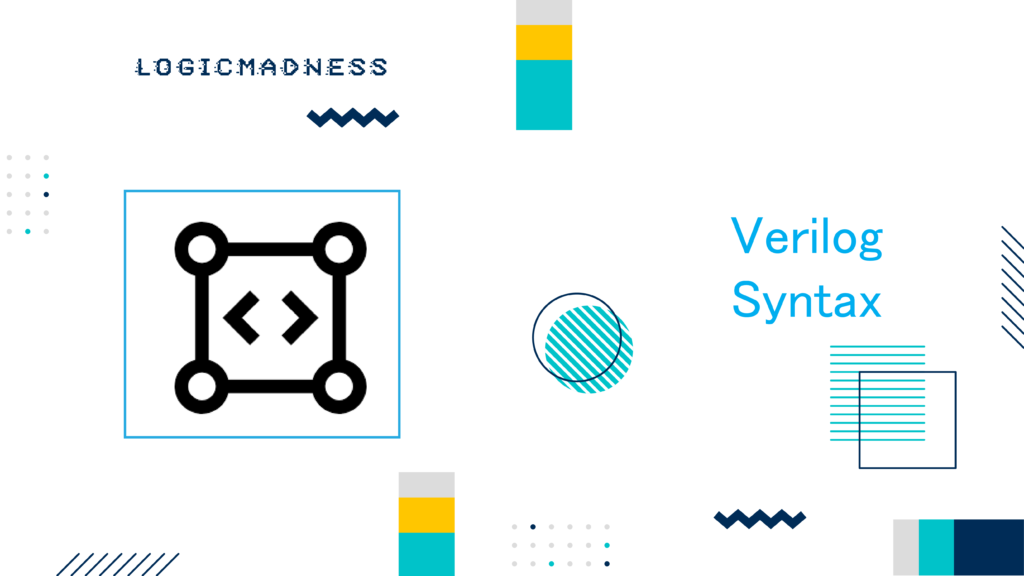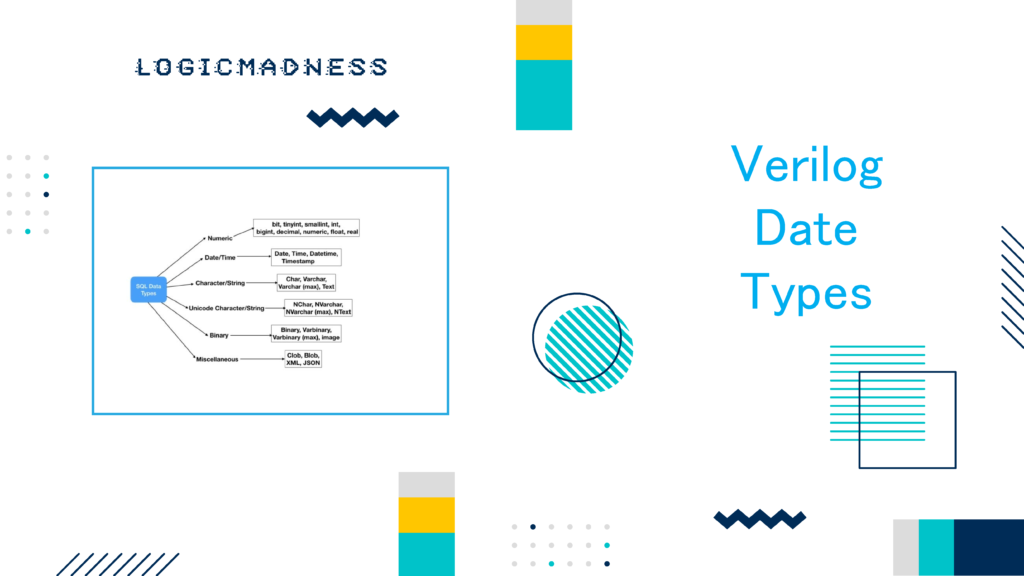It is a hardware description language (HDL) used to design and describe digital circuits. It was created in the mid-1980s by Gateway Design Automation and later acquired by Cadence Design Systems. Verilog is widely used for creating digital systems, including application-specific integrated circuits (ASICs) and field-programmable gate arrays (FPGAs). The language can model everything from simple logic gates to complex systems, making it a key tool in both digital circuit design and verification.
Verilog supports several abstraction levels, ranging from structural modeling (such as logic gates and flip-flops) to behavioral modeling (such as system functions). It is commonly used for two purposes:
- Simulation-based design – Testing the behavior of circuits before implementation.
- Synthesis-based design – Converting Verilog code into physical hardware designs.
What was used before It ?
Before Verilog became popular, the primary hardware description language (HDL) was VHDL (VHSIC Hardware Description Language). VHDL was developed by the U.S. Department of Defense in the 1980s under the Very High-Speed Integrated Circuit (VHSIC) program. VHDL allowed designers to describe complex systems at different abstraction levels, from low-level gate and transistor models to high-level system descriptions.
VHDL is more verbose and harder to learn compared to Verilog. It was primarily used in military and aerospace industries, especially in Europe. Over time, however, Verilog gained more popularity due to its simpler syntax and more straightforward usage. Today, both Verilog and VHDL are used widely, and many companies use them together for digital circuit design.
Why It is better than its predecessor languages?
Verilog has several advantages over older HDLs like VHDL:
1. Simpler Syntax
Verilog’s syntax is more concise and easier to learn compared to VHDL. Designers can write code faster and with fewer errors, making the development process smoother.
2. Better Support for Behavioral Modeling
Verilog is better suited for describing the functionality and behavior of circuits. Unlike VHDL, which is more focused on low-level hardware description, Verilog supports a wide range of modeling techniques, making it easier to design complex digital circuits.
3. Higher Level of Abstraction
Verilog allows designers to describe systems using high-level concepts such as modules and ports. This approach simplifies the design process and improves efficiency by reducing the amount of low-level coding.
4. Better Tool Support
Because Verilog is more widely used, it has better support from a range of development tools and environments. These tools help automate design, simulation, and verification, making it easier to create reliable circuits.
How is It useful?
Verilog helps designers abstract away the complexities of circuit implementation. For instance, when designing a D flip-flop, Verilog doesn’t require the designer to understand the underlying transistor-level details. Instead, the focus is on how the circuit should behave.
Verilog simplifies the design process by allowing engineers to focus on the logic and behavior, with the detailed implementation sorted out later. This abstraction improves productivity and reduces the chance of errors.
Code Example
Here’s a simple example of Verilog code that implements a counter. The counter increases if the signal up_down is 1 and decreases if up_down is 0. The counter resets when the rstn signal is 0.
module counter (
input up_down,
input clk,
input rstn,
output reg [2:0] out
);
always @(posedge clk)
if (!rstn)
out <= 0;
else
if (up_down)
out <= out + 1;
else
out <= out - 1;
endmoduleThis code describes the behavior of a simple counter without worrying about the underlying hardware implementation (like the interconnection of logic gates). The counter can be synthesized into various physical implementations optimized for different factors, such as performance, power, or area.
Different from Software Languages like C and Java?
Verilog is specifically designed for hardware design, whereas languages like C and Java are used for software programming. Here are the key differences between Verilog and general-purpose programming languages:
| Aspect | Verilog | C/Java |
|---|---|---|
| Purpose | Used to design and describe digital circuits | Used for general-purpose software development |
| Syntax | Describes behavior of hardware elements (wires, registers, gates) | Defines variables, functions, and control flow |
| Execution | Describes how circuits behave; doesn’t run directly | Compiled to machine code that runs on a CPU |
| Testing | Simulates the behavior of hardware before implementation | Software is tested through simulations or debugging |
| Design Nesting | Designs are hierarchical with reusable modules | Code is often specific to a single purpose |
In short, Verilog is a specialized language for designing hardware, while C and Java are used for writing software that runs on general-purpose computers.
What May Replace Verilog in the Future?
While Verilog remains a staple in hardware design, several emerging technologies could change the landscape:
- High-Level Synthesis (HLS): HLS is a technique that automatically generates hardware designs from high-level languages like C, C++, or SystemC. It allows designers to focus on functionality rather than low-level hardware details, potentially speeding up the design process.
- Machine Learning (AI): AI could revolutionize hardware design by automating optimization tasks. Machine learning algorithms might assist in creating more efficient hardware designs, reducing the need for manual intervention.
- New Hardware Description Languages (HDLs): Languages like Chisel and MyHDL are trying to overcome some of Verilog’s limitations by offering higher-level abstractions and more modern programming features.
While it’s hard to predict the exact future of Verilog, these advancements could lead to more efficient, higher-level tools for designing digital systems.
Conclusion
Verilog has become a fundamental tool for designing digital systems due to its simplicity and efficiency in modeling hardware. While it faces competition from other languages and techniques like VHDL, HLS, and AI, Verilog remains highly relevant in the field of digital design. Understanding Verilog is crucial for engineers working in fields like FPGA design, ASIC development, and digital circuit simulation.

